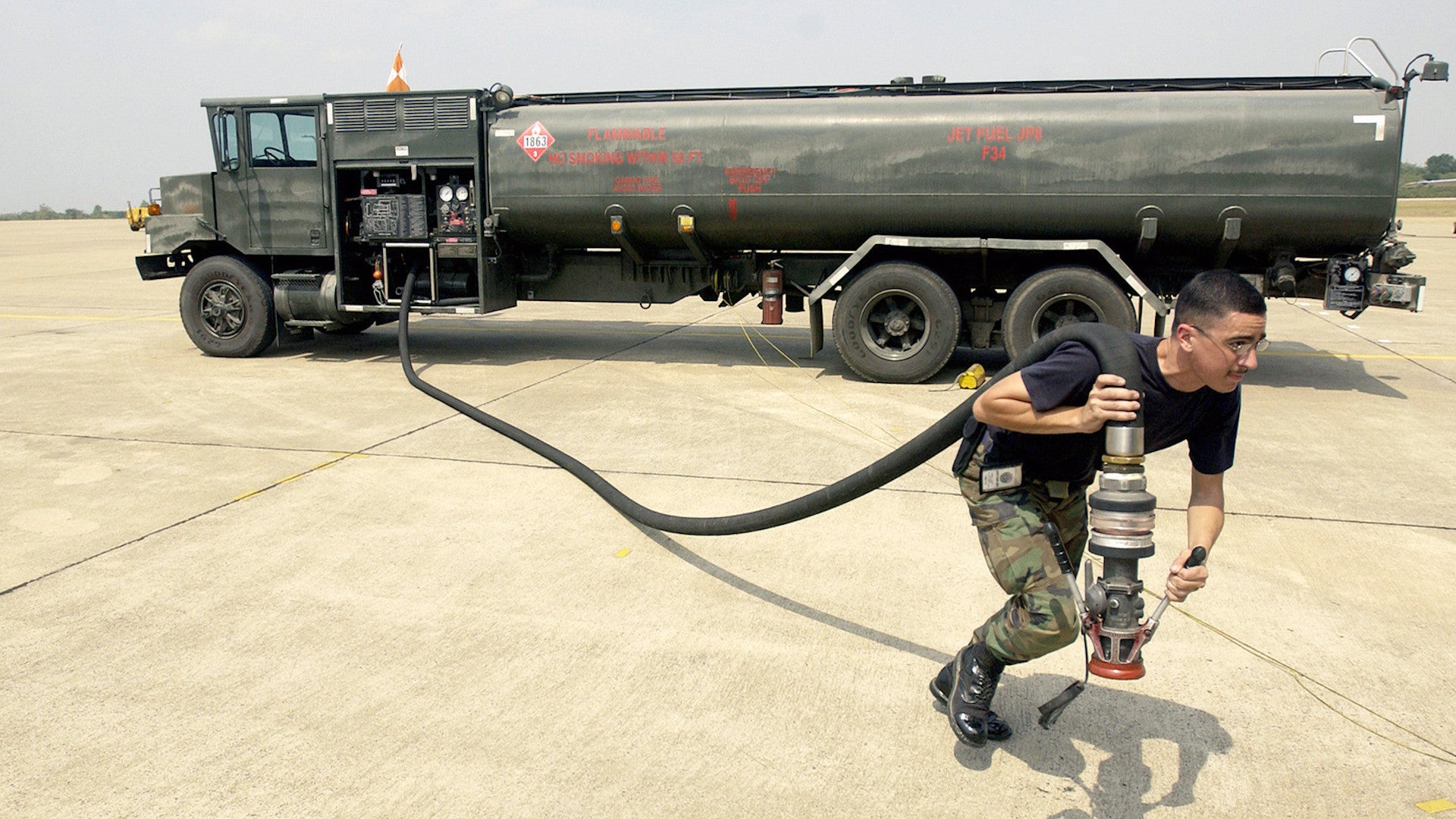Slide the bar at the bottom of the page
B = Barricaded U = Unbarricaded Quantity of Explosives - Pounds over Quantity of Explosives - Pounds not over Inhabited Buildings - Barricaded Inhabited Buildings - Unbarricaded Public highways with traffic volume 3000 or fewer vehicles/day - Barricaded Public highways with traffic volume 3000...

www.atf.gov
Chapter 9
DoD 6055.09-STD DOD AMMUNITION AND EXPLOSIVES SAFETY STANDARDS February 29, 2008 OFFICE OF THE DEPUTY UNDER SECRETARY OF DEFENSE (INSTALLATIONS AND ENVIRONMENT) Report Documentation…

dokumen.tips
Everything here is summed up in
C1.1. GENERAL
C1.1.1. These explosive safety standards (hereafter referred to as “Standards”) are issued
under the authority of DoD Directive 6055.9E (Reference (a)). These Standards are designed to
manage risks associated with DoD-titled ammunition and explosives (AE) by providing
protection criteria to minimize serious injury, loss of life, and damage to property.
This does not prohibit building anything within the blast radius, (referring to first post
only
another magazine quote "
Separation of magazines" (thus excludes all other structures), this is to insure there is no chain reaction of one magazine setting of another.
PV are inert. Worst that could happen is a number of panels are damaged/destroyed (assuming no personnel in area by chance).
Put in another way, if the base wants to install structures such as security cameras and even the
specifically mentioned barricades,
there is no issue.
Yes, in the incredibly unlikely case of an AGM exposition there will be loss, but not a chain reaction of panels blowing up.
There is a specific mention of power grids:
C6.5. ELECTRIC SUPPLY SYSTEMS which limits to 50ft minimum from the Magazine and buried, there is no prohibition outside of that radius.
Back to my
earlier example here, there are clusters of AGM that are separated
2000ft (!). Lets be generous and have a 200ft exclusion zone around the AGM cluster, what is left is a 1600 ft wide strip of land that is unused, 15840 foot long (can be 21120 ft if one wants to stretch it), 2,5344,000 sq ft of usable land.
And that is just 1 small strip of land.
I do not see anything in the document that prohibits installing a PV array within 50ft radius as long as the power cables are burred (lets go with 200ft to add extra safety but still have plenty of useable land).
Maybe I missed something, so please be very specific as to what sub section you refer to.








